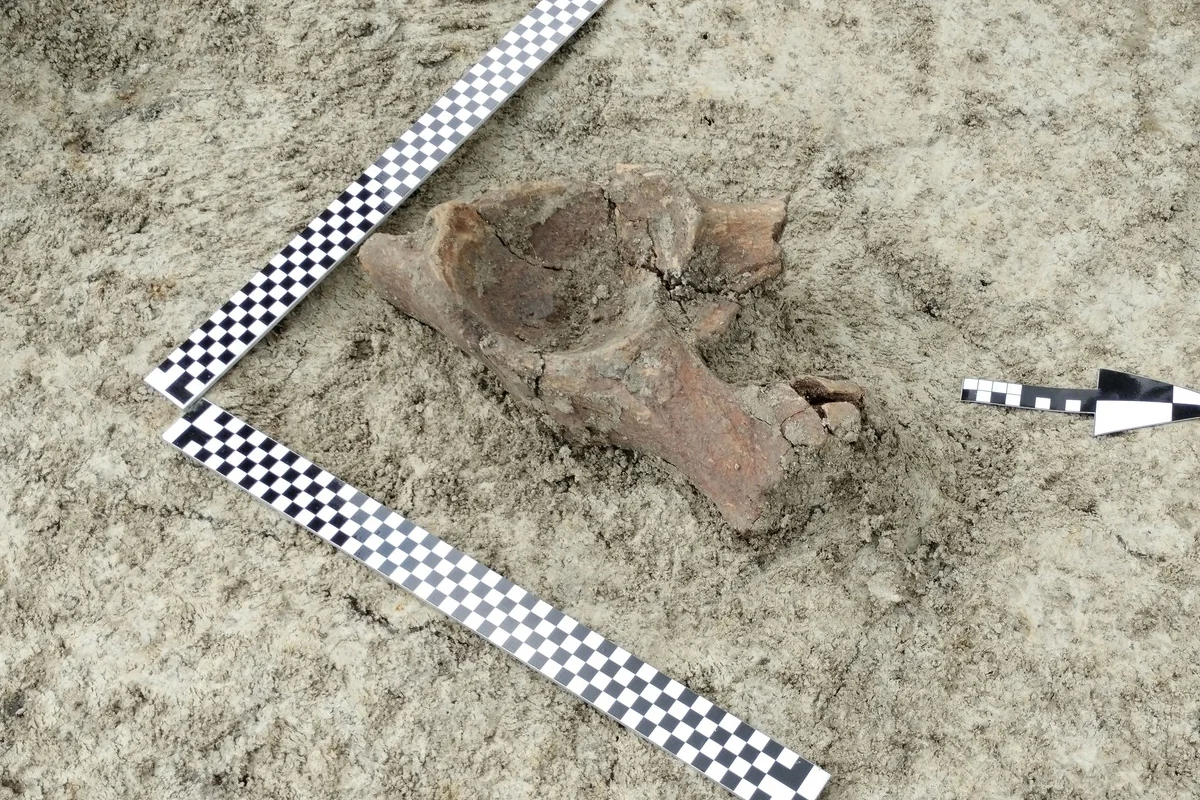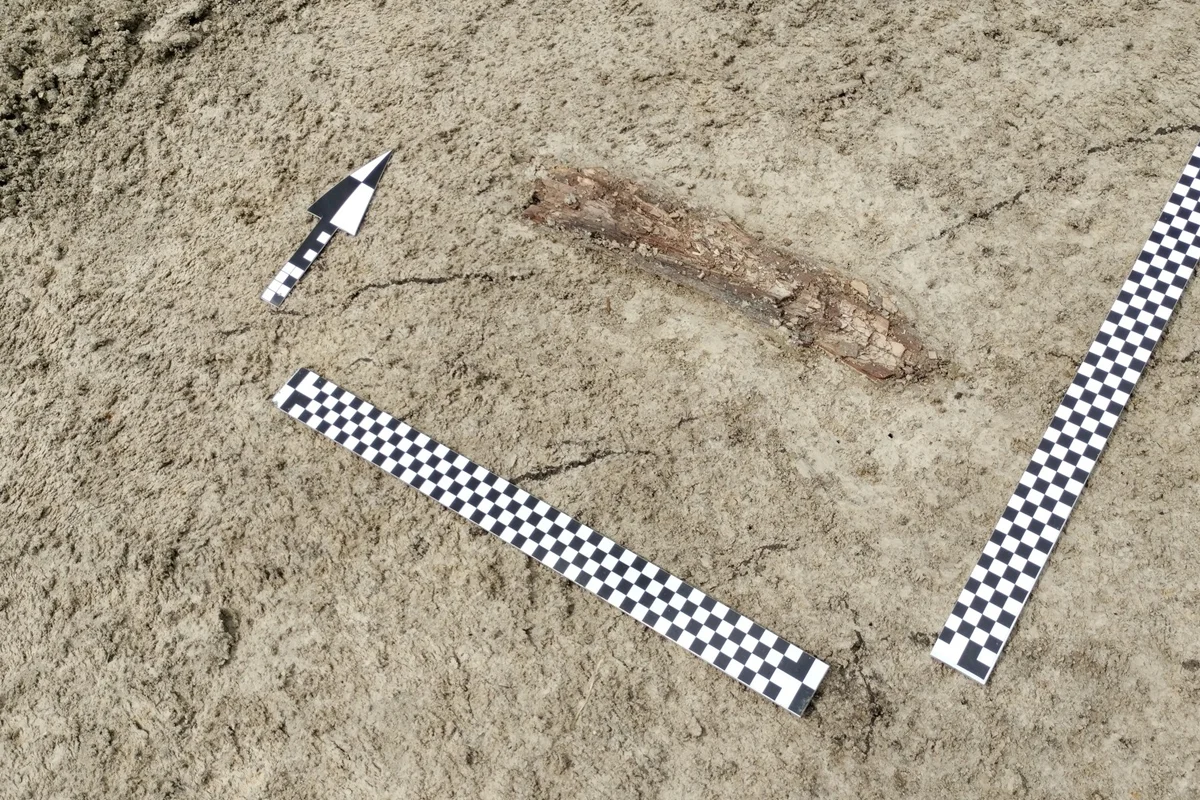The Construction of the S17 Piaski–Hrebenne highway near the Arabunie village in Zamość County has revealed the remains of what is believed to be either a woolly mammoth or a forest elephant.
Excavations uncovered a 40 cm-long pelvis fragment and a piece of tusk measuring 35 cm. An initial study suggested that the remains belonged to a Pleistocene mammal, however, Palaeozoologist Dr. Kamila Waszczuk indicates that they are either the remains of a woolly mammoth or a forest elephant that roamed the region during the last Ice Age.
While the species itself perished approximately 12,000 years ago due to climatic change and habitat loss, mammoth bones have been previously discovered in the region—some in Gródek, some in Wolica, and in Zamość during hotel construction.

Excavations have also revealed more than 250 archaeological features, including medieval dwellings, farming pits, and a well dating back to the 14th–15th centuries.
Another discovery made during the excavation is a Neolithic “potter’s cup” dated to approximately 2500–1900 BC. Crafted from clay and decorated with subtle horizontal grooves, the cup features a flat bottom, thin side walls, and a slightly flared rim.
According to experts, the find is associated with the Corded Ware culture, a prehistoric European culture that thrived during the Late Neolithic to early Bronze Age and is most known for its distinctive pottery.
The cup was unearthed within an object that also contained fragments of human bones, suggesting that it may have been part of a burial site. Such discoveries are often interpreted as evidence of ritualistic or funerary practices, and in this case, it strongly implies the presence of a grave.
“This wouldn’t come as a major surprise, given that the heartland of Corded Ware (or “String Pottery”) culture—along with numerous kurgans, or burial mounds associated with this population—is located just a few kilometers from Nieabu Nie and Grzędy Sokalskie,” said the Lubelski Wojewódzki Konserwator Zabytków’s.
Header Image Credit : Lubelski Wojewódzki Konserwator Zabytków
Sources : Lubelski Wojewódzki Konserwator Zabytków





